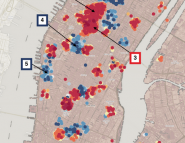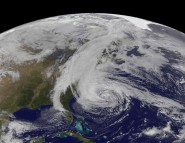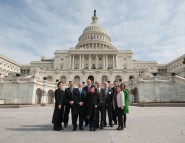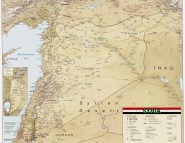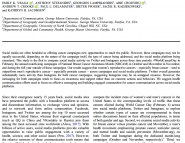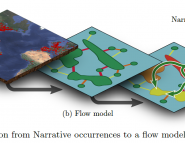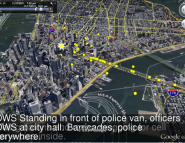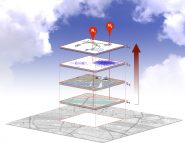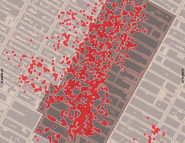Sep 04 2015
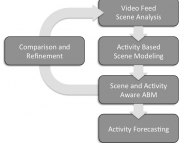
We recently had published in ISPRS International Journal of Geo-Information a paper entitled “Walk this Way: Improving Pedestrian Agent-Based Models through Scene Activity Analysis“. In the paper we explore how new data can help inform our agent-based models. Specifically, pedestrian modeling which has been traditionally faced with the challenge of collecting data to calibrate and […]
Read More
Jun 23 2015
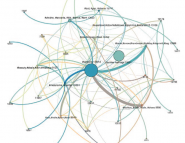
Visitors to our site might be interested in our latest paper entitled “Using Twitter Content to Crowdsource Opinions on Tanning in the United States” which was recently published in Kartographische Nachrichten. Below you can read the abstract of the paper. Social media content provides direct and indirect locational information. However, simply mapping media content such […]
Read More
Jun 05 2015
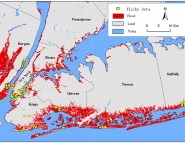
We recently had a paper accepted in the International Journal of Digital Earth entitled “Mapping floods due to Hurricane Sandy using NPP VIIRS and ATMS data and geotagged Flickr imagery“. Below you can see the abstract of the paper: In this study, we present an approach to estimate the extent of large-scale coastal floods caused […]
Read More
Jan 08 2015
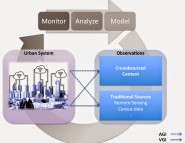
We have just had published a new paper entitled: “Crowdsourcing Urban Form and Function” in International Journal of Geographical Information Science which showcases some of our recent work with respect to cities and how new sources of information can be used to study urban morphology at a variety of spatial and temporal scales. Below is […]
Read More




